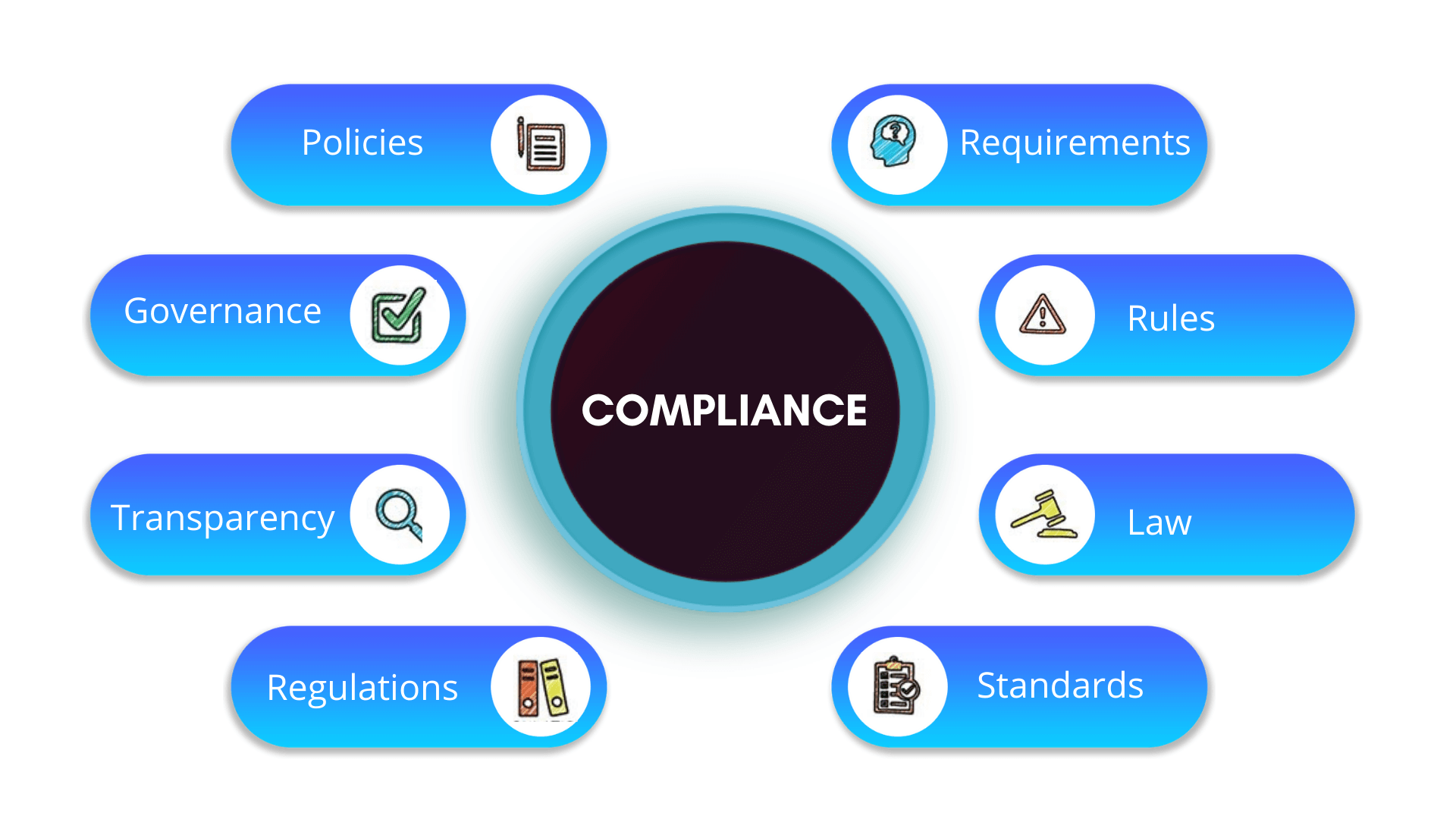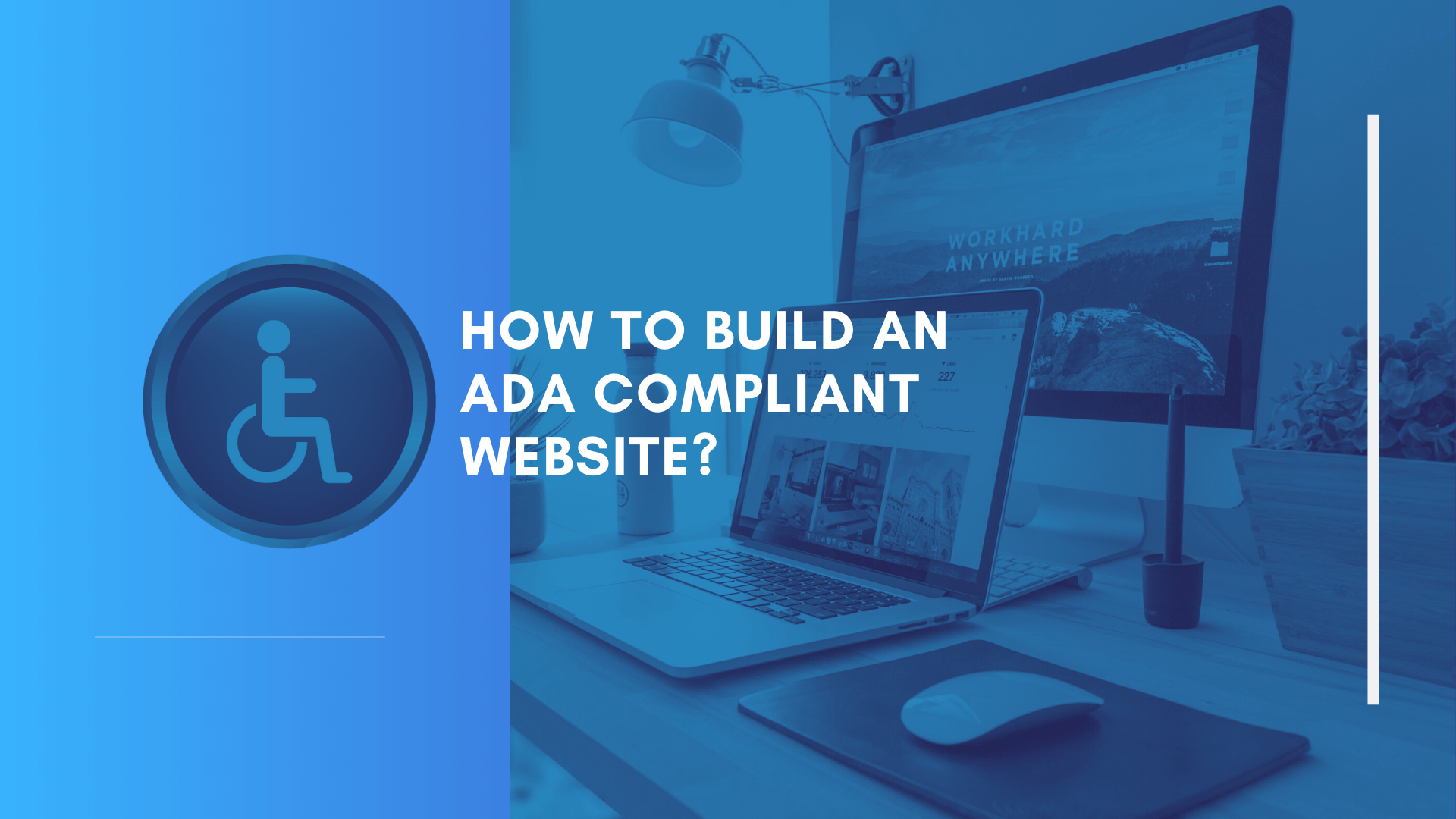In our previous blog, we shared with you the various benefits that your business may reap by providing accessible web content to your audience, especially the disabled. Websites, that conform to the American with Disabilities Act (ADA) can bring in more traffic to your website; they are intuitive and user friendly. It is also the right thing to do and mandated by the law! In this blog, we will share with you how you can build an accessible and inclusive website.

To build an ADA-enabled website, we recommend that you follow the guidelines stated by the Web Content Accessibility Guidelines (WCAG) 2.0.
What is WCAG?
Web Content Accessibility Guidelines (WCAG) are the web accessibility standard that is developed under the W3C Process. WCAG is the international standard for building an accessible and inclusive website for the disabled.
WCAG comprises 4 major guidelines that offer a universal standard for web content accessibility, intending to fulfill the individual, business, and government need. These guidelines define the parameters that facilitate the development of a website that conforms to ADA.
1. Perceivable
2. Operable
3. Understandable
4. Robust
1. Perceivable Guidelines – Information and user interface components must be presentable
to users, in the manner that they can perceive.
Guideline 1.1 – Use Alt Tags: Alt Tags helps disabled users by describing the elements of the websites with the assistance of screen readers, players, and voiceovers.
Guideline 1.2 – Use Time-based Media: The image sliders, videos, and carousels help the aesthetics of the websites and make them delightful for their users. However, we recommend that you forego the auto-play mode and allow the users to control the media. We also advise that you add an audio description for your visually-impaired users and integrate text transcripts for the hearing-impaired people.
Guideline 1.3 – Adaptable Content: You need to design the website content that must be adaptable, presentable and easily perceivable to your users. Your users must be able to access the content using assistive tools. We suggest that you use outlines or structured walk-throughs to organize your content.
Guideline 1.4 – Distinguishable: This guideline mandates that the various elements and sections of your website should be distinctly defined. This applies to the website front-end, HTML tags and structure, as well. Our advice is to highlight the differences between the site elements using the contrast feature. We also suggest that you distinguish the content as audio, video, images, text, and so on.
2. Operable Guidelines – User interface components and navigation must be operable.
Guideline 2.1 – Keyboard Navigation: There may be certain users who are unable to use the mouse. You would need to give these users an option to navigate using the keyboard. Your users should be able to easily navigate through the website, using minimum clicks. This can be achieved by developing a structured website code, which is the keyboard focused. Furthermore, you can also facilitate the movement within sections using TAB.
Guideline 2.2 – Enough Time: During web development, you need to ensure that disabled users have complete control over website navigation. The users should have sufficient time to read the website content and access the interactive content, video and media files at their own pace. This needs the inclusion of a ‘PAUSE’ feature.
As the website owner, you need to ensure that you are allocating adequate time for completing any task, such as filling out forms, shopping, payments, returns, among others.
Guideline 2.3 – Seizures: Your website content should be designed and presented in a manner that does not induce seizures among susceptible users. We recommend that you avoid using any kind of pop-ups.
Guideline 2.4 – Easy Navigation: A website that is easily navigable, intuitive and accessible is good for your business. We recommend that you create user-friendly navigation that can help the users access your web content swiftly. This can be done by implementing Meta descriptions on each page, that can be read and translated by the screen reader.
3. Understandable Guidelines – Information and user-interface of the website must be understandable.
Guideline 3.1 – Readable: As per this guideline, your website content should be in a readable and understandable format and must allow the users to increase the font size based on their preference. E also suggest that you provide a simpler version of the text in case the original one is difficult to comprehend.
Guideline 3.2 – Predictable: Ensure that each page of your website is operated or navigated in a uniform, predictable and logical manner. You need to use consistency in your navigation patterns, especially when a user accesses any website element.
Guideline 3.3 – Input Assistance: Build a website that allows the users to avoid making errors with the help of predictive text.
4. Robust Guidelines – Content must be robust enough to be interpreted reliably by a wide variety of user agents, including assistive technologies.
Guideline 4.1 – Compatible: This is the most technical guideline of ADA Compliance. It decrees that the website code should be robust and easily understandable by all web browsers. Under this guideline, your website should follow the latest web standards that are compatible with all the browsers. You need to build your website that contains standard and validated HTML tags, which are recognized by assistant and screen reader tools.
Today, the websites are becoming more interactive with many new and advanced features. As an organization with a web presence, we recommend that you follow these ADA guidelines and make your web content accessible to people with disabilities.
About SynergyTop
Let us help you with a free audit of your website and how it can be tweaked for ADA compliance. Write to us on contact@synergytop.com for a free consult!
















